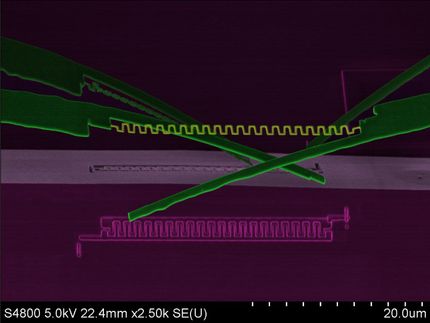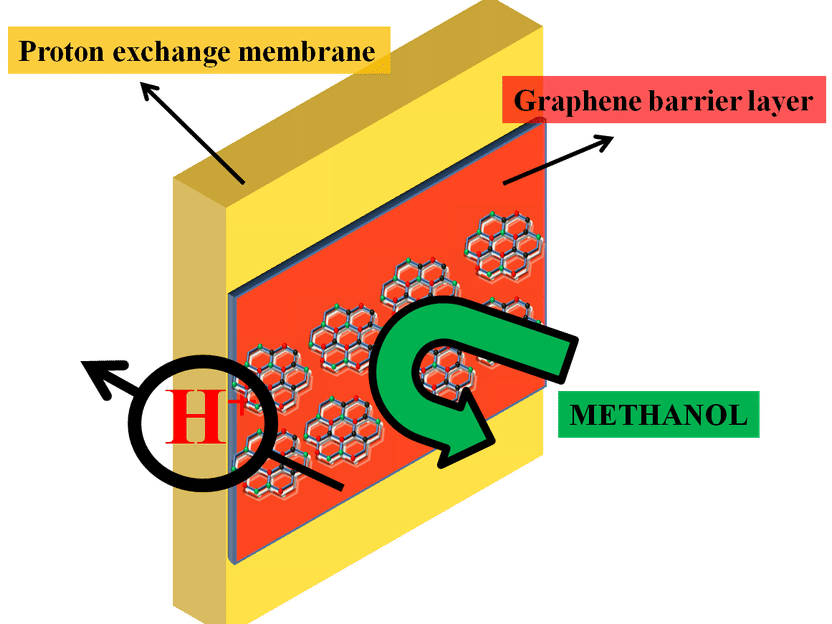BASF: Basofil fiber also ensures long service life and low operating costs
he melamine-resin fiber Basofil® developed by BASF has become well established not only in the sector of occupational safety and fire protection but also in the broad field of filtering media. The features responsible for this are its special cross section and its varying titers: owing to production conditions, Basofil fibers are not round but rather oval and their diameter fluctuates - according to the Gaussian distribution curve - between 7 and 24 micrometers.
These circumstances yield the optimal properties of Basofil filtering media: thanks to the flattened cross section, a larger surface area is available for the separating action, while the various titers improve the pore distribution. This translates into a considerably lower pressure differential at the same volume flow than in the case of filters made of fibers having a constant cross section. In other words, the same filtering surface area can purify larger volumes of air.
This also applies when the filtering media are made of fiber mixtures, for instance, Basofil and meta aramides. The separation capacity of such filters is even better since, in this case, the varying triboelectric properties of the mixture components exert a positive effect.
Resistance to flames and to flying sparks In many filtering tasks, Basofil's resistance to flying sparks and to high temperatures is also appreciated since this considerably reduces the risk of "burnout". The same holds true for the otherwise markedly greater shrinkage.
Another important advantage of Basofil comes to the fore in the separation of fine dust, particularly in hot-gas filtration, where conventional filtering media often experience a relatively large loss of residual pressure. Basofil media, in contrast, have proven in tests with VDI equipment as well as in actual practice that their good separation capacity remains constant over a prolonged period of time.
Economic advantages The high separation output, the low pressure loss and the long service life of Basofil filtering media are also the reason for their cost effectiveness. In new installations, for example, more compact units can be used while the throughput rates of existing facilities can be increased. This leads to tangible savings which, as examples from the United States demonstrate, can add up to over US $100,000 per installation annually.
Most read news
Topics
Organizations
These products might interest you
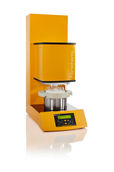
FIBRETHERM by C. Gerhardt
Automatic Fibre Extraction for Feed Analysis
FIBRETHERM from C. Gerhardt: Efficient – Precise – Method-Compliant

Glass and quartz microfiber filter by Cytiva
Request a glass microfiber sample pack to meet your battery development needs
Delivering efficient and consistent results
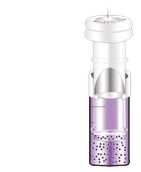
Mini-UniPrep™ by Cytiva
Improved HPLC Sample Preparation
Save 66 % sample preparation time and reduce costs by 40 %
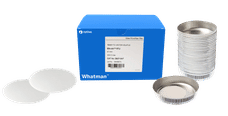
GF/C and 934-AH RTU (Environmental) by Cytiva
Meet wastewater regulations with the right filter
Streamline lab operations and ensure high-quality results

VICI Jour Katalog 15INT by VICI
The VICI Jour Catalog - Accessories for (U)HPLC and Liquid Handling
Capillaries, Tubing, Fittings, Filters, Safety-Products, Tools and much more

Hahnemühle LifeScience Catalogue Industry & Laboratory by Hahnemühle
Wide variety of Filter Papers for all Laboratory and Industrial Applications
Filtration Solutions in the Life Sciences, Chemical and Pharmaceutical Sectors
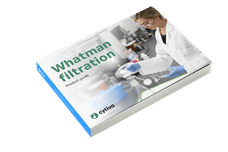
Whatman filtration product guide by Cytiva
New filtration catalog - a wealth of information on 286 pages
Discover the perfect filters for your laboratory application

Get the chemical industry in your inbox
By submitting this form you agree that LUMITOS AG will send you the newsletter(s) selected above by email. Your data will not be passed on to third parties. Your data will be stored and processed in accordance with our data protection regulations. LUMITOS may contact you by email for the purpose of advertising or market and opinion surveys. You can revoke your consent at any time without giving reasons to LUMITOS AG, Ernst-Augustin-Str. 2, 12489 Berlin, Germany or by e-mail at revoke@lumitos.com with effect for the future. In addition, each email contains a link to unsubscribe from the corresponding newsletter.
